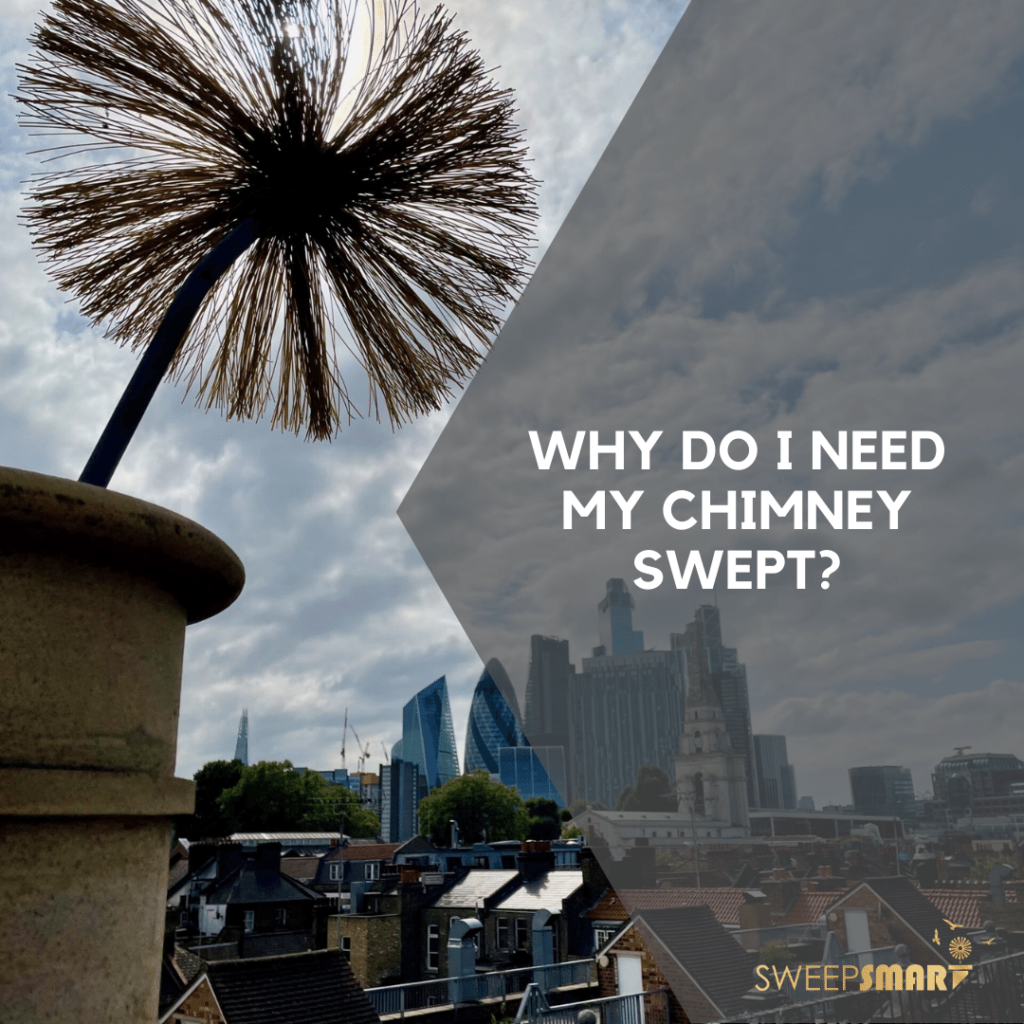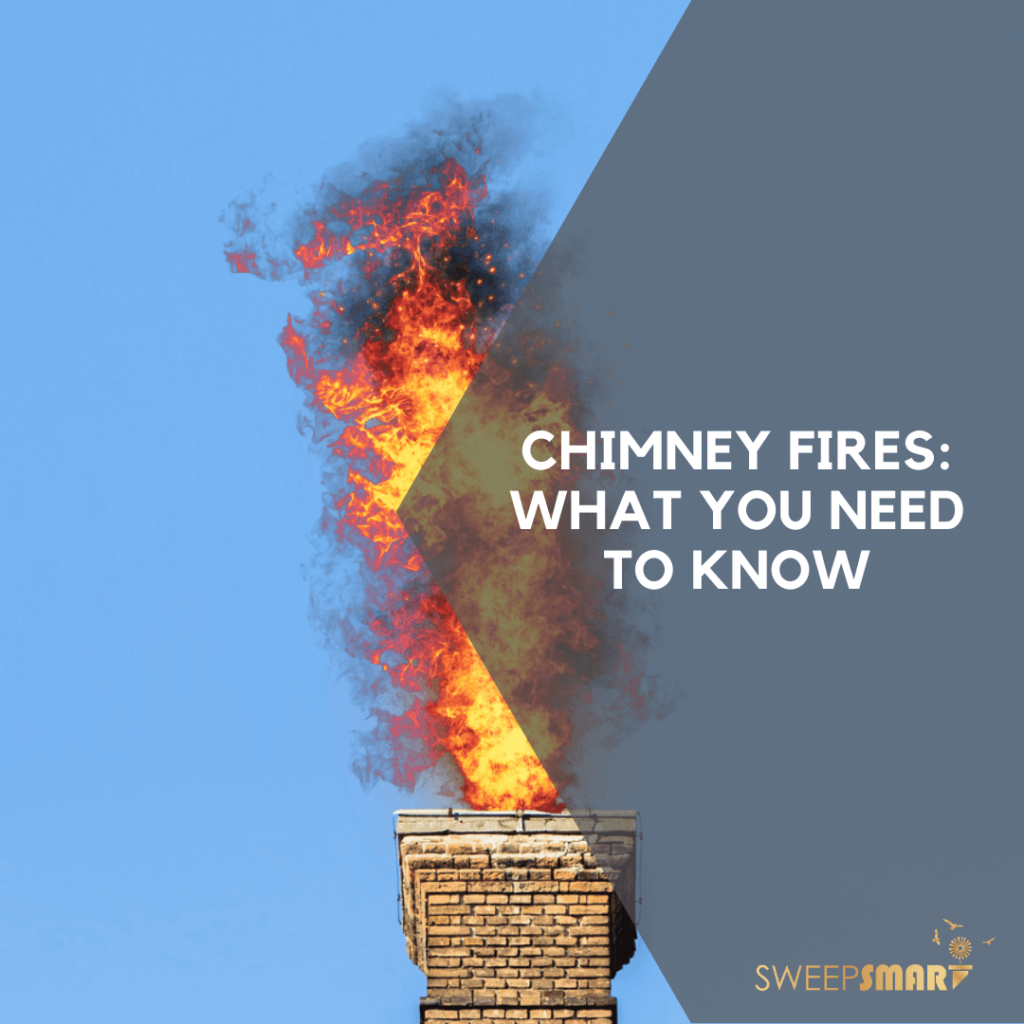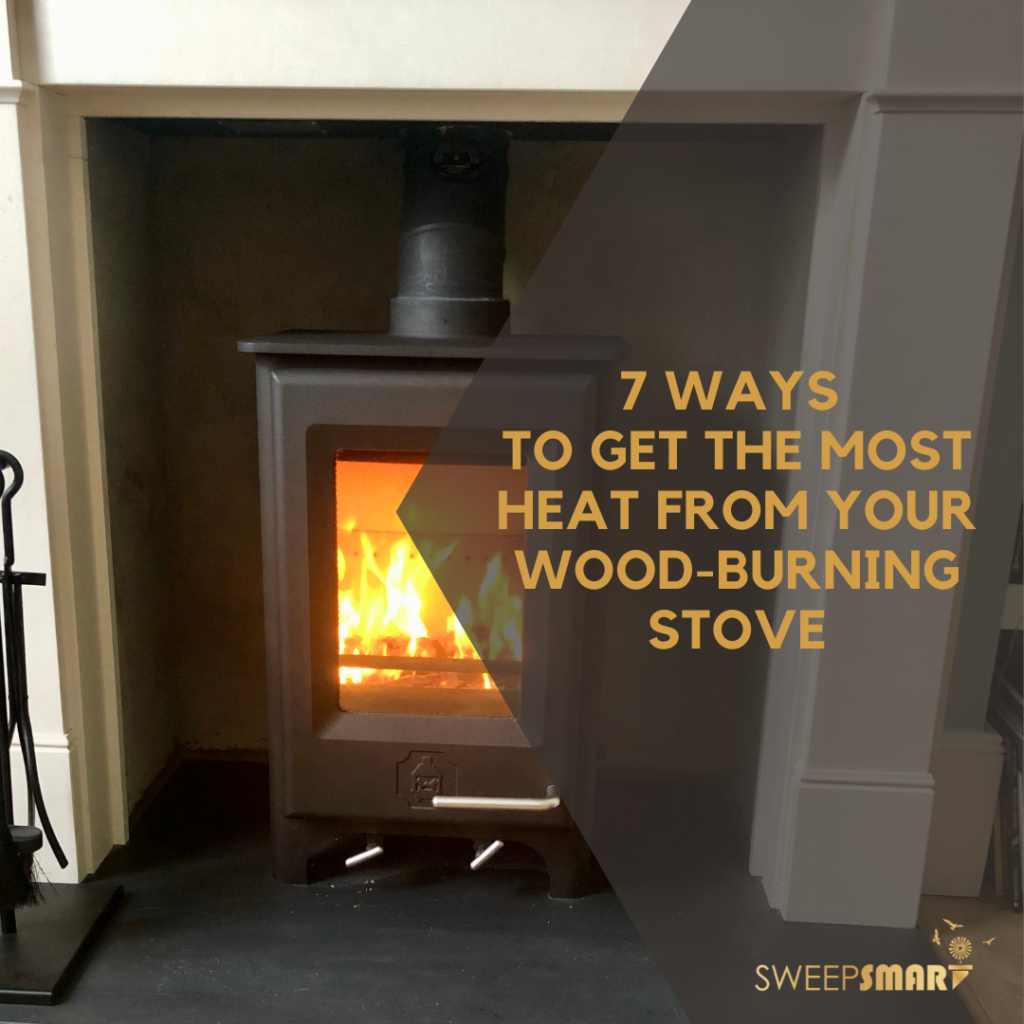- BY Sweepsmart
- POSTED IN Uncategorised
- WITH 0 COMMENTS
- PERMALINK
- STANDARD POST TYPE

A fireplace in your house can potentially be very dangerous – but it doesn’t need to be. Below are some general safety tips.
- Get your chimney swept regularly by a professional sweep.
- Don’t use flammable liquids such as petrol or paraffin to light your fire.
- Do not overload the fire with fuel.
- Use the correct fuel, don’t burn waste or paper.
- Follow the manufacturer’s instructions.
- Test smoke and carbon monoxide alarms regularly.
- Don’t dry clothes close to your fire.
- Don’t store fuel too close, particularly logs, next to a wood burner.
- Maintain chimney stacks and terminals as advised.
- Use dry wood – less than 20% moisture
- Don’t block air vents.
- Use fireguards where appropriate.
- Smoke anywhere in the house is never acceptable, take professional advice.
- Have gas fires serviced annually by a registered ‘Gas Safe’ engineer.
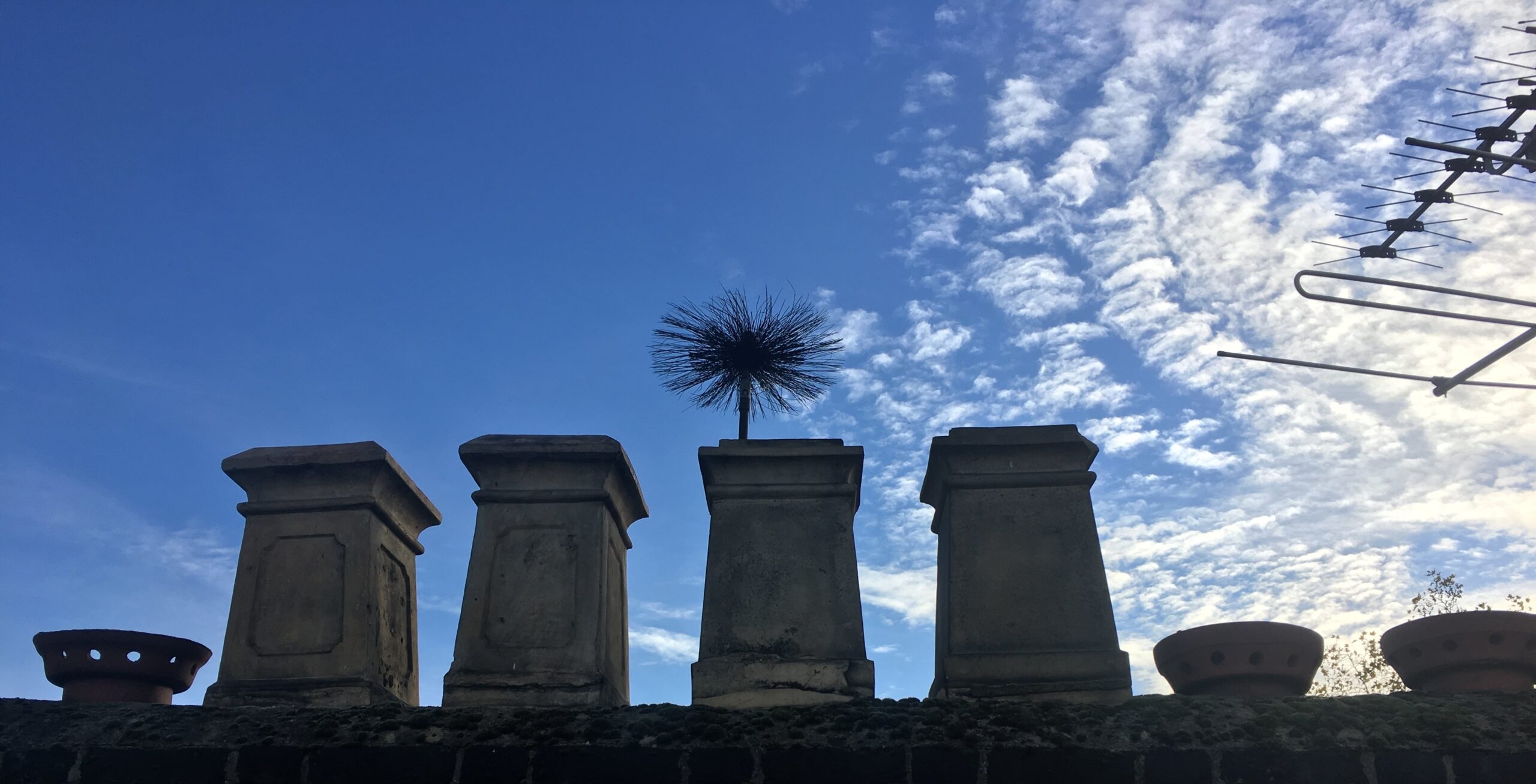
A professional sweep will be able to provide you with good basic safety information on all aspects of fire and fuel. At SweepSmart we make many basic safety checks during the sweeping of your chimney and most of these will not require comment.
We check:
- Is the chimney terminal safe to use with solid fuel? Sometimes it’s not and is potentially dangerous.
- Does the chimney meet regulations regarding height, size or proximity to other structures? This is important to ensure it works properly. Unfortunately, even some newly installed chimneys and flues are wrong.
- Visual condition of the pot, cowl/guard, flaunching, stack etc. You need to know if something is damaged or about to fall off. Is it leaking water into your house? Could it block the chimney?
- Inside the house – is the fire too close to wooden or other flammable structures?
- Is the chimney the right size and material for the intended use?
- Is the ventilation to the room sufficient?
- Are there conflicting problems with other fires or extractors in the building?
- Is the hearth big enough and made of the correct material?
- Is a carbon monoxide alarm fitted?
- Is the fire damaged, are repairs or replacement parts required?
- There are many other things that are checked depending on individual situations
A Chimney sweep’s job is much more than pushing a brush up a chimney e.g. sometimes a fire or wood burner can be correctly installed but there are issues with poor function, smoke in the room, lack of heat, black glass etc, etc
This is where the knowledge and experience of a professional sweep can make all the difference. Even if your sweep can’t solve the problem they have excellent technical resources and support from the Guild to help them to help you.
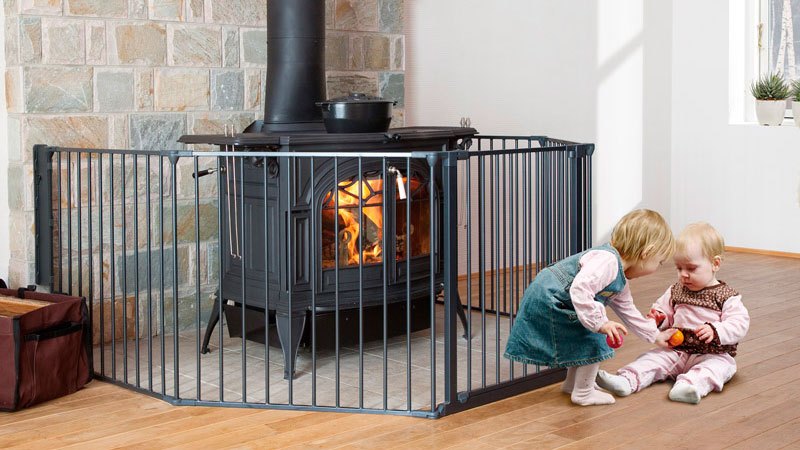
CHILD FIRE SAFETY
An exposed flame can be very merciless to an unaware child and a closed appliance is equally unforgiving and can reach. Temperatures can reach in excess of 600°F. In addition to the general safety advice, it is also worth taking more care with the presence of young children.
- The appliance must be checked by a professional to ensure it is safe to use.
- Have the integrity of the flue checked or lined as a leaking flue can have catastrophic consequences.
- Don’t leave children unsupervised by a lit appliance.
- Test smoke and carbon monoxide alarms regularly.
- Always use fireguards – Children can easily trip and fall into the fire.
- Ensure small toys are never too close, behind or underneath an appliance.
- Never use wet wood – this can spit which is particularly dangerous in an open appliance.
- Teach hazard recognition – Children don’t instinctively know what’s dangerous.
- Use edge guards and corner edge guards for the hearth.
Check our blog regularly for more in-depth information relating to the specific safety points. If you would like to make an appointment or have any questions, please feel to contact us on either 02083517164 or [email protected].

